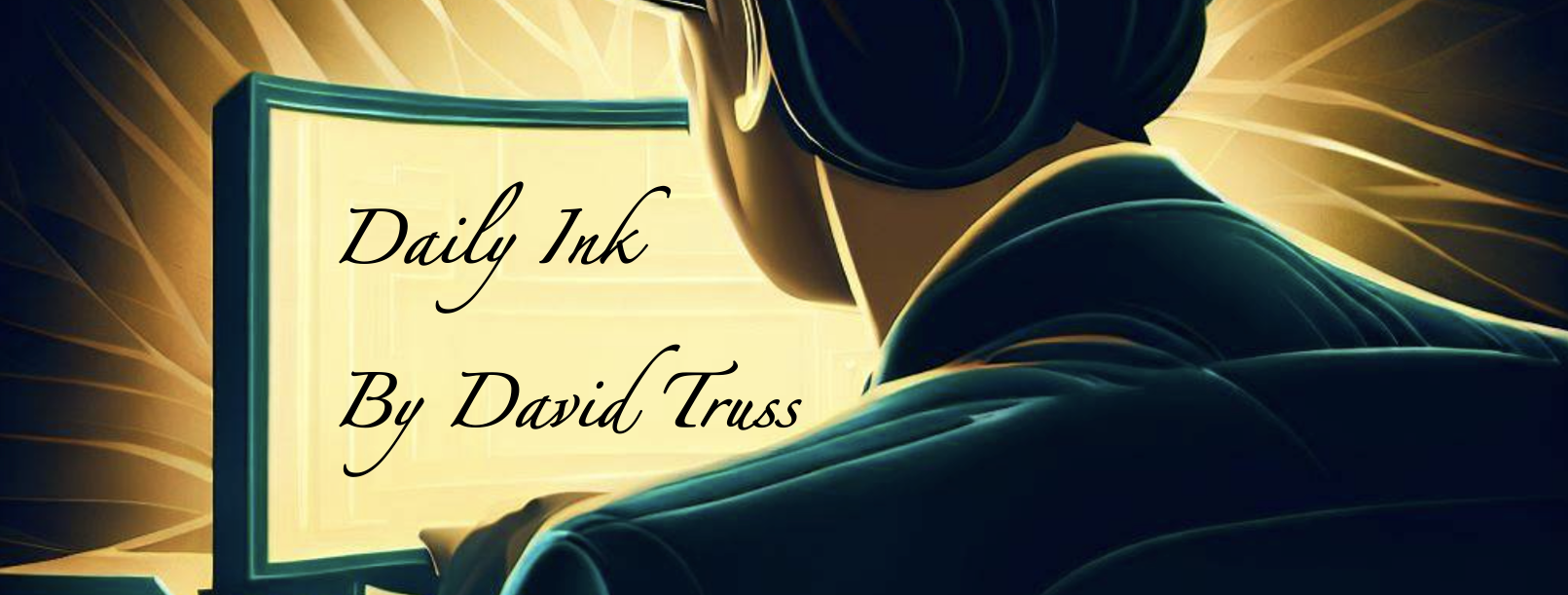In the early 1950’s Arthur C. Clarke said,
“If we have learned one thing from the history of invention and discovery, it is that, in the long run — and often in the short one — the most daring prophecies seem laughably conservative.”
As humans we don’t understand exponential growth. The well known wheat or rice on a chessboard problem is a perfect example:
If a chessboard were to have wheat placed upon each square such that one grain were placed on the first square, two on the second, four on the third, and so on (doubling the number of grains on each subsequent square), how many grains of wheat would be on the chessboard at the finish?
The answer: 264−1 or 18,446,744,073,709,551,615… which is over 2,000 times the annual world production of wheat.
All this to say that we are ill-prepared to understand how quickly AI and robotics are going to change our world.
1. Robots are being trained to interact with the world through verbal commands. They used to be trained to do specific tasks like ‘find one of a set of items in a bin and pick it up’. While the robot was sorting, it was only sorting specific items it was trained to do. Now, there are robots that sense and interpret the world around them.
“The chatbot can discuss the items it sees—but also manipulate them. When WIRED suggests Chen ask it to grab a piece of fruit, the arm reaches down, gently grasps the apple, and then moves it to another bin nearby.
This hands-on chatbot is a step toward giving robots the kind of general and flexible capabilities exhibited by programs like ChatGPT. There is hope that AI could finally fix the long-standing difficulty of programming robots and having them do more than a narrow set of chores.”
The article goes on to say,
“The model has also shown it can learn to control similar hardware not in its training data. With further training, this might even mean that the same general model could operate a humanoid robot.”
2. Robot learning is becoming more generalized: ‘Eureka! NVIDIA Research Breakthrough Puts New Spin on Robot Learning’.
“A new AI agent developed by NVIDIA Researchthat can teach robots complex skills has trained a robotic hand to perform rapid pen-spinning tricks — for the first time as well as a human can…
Eureka has also taught robots to open drawers and cabinets, toss and catch balls, and manipulate scissors, among other tasks.
The Eureka research, published today, includes a paper and the project’s AI algorithms, which developers can experiment with using NVIDIA Isaac Gym, a physics simulation reference application for reinforcement learning research. Isaac Gym is built on NVIDIA Omniverse, a development platform for building 3D tools and applications based on the OpenUSD framework. Eureka itself is powered by the GPT-4 large language model.”
3. Put these ideas together then fast forward the training exponentially. We have robots that understand what we are asking them, which are trained and positively reinforced in a virtual physics lab. These robots are practicing how to do a new task before actually doing it… not practicing a few times, or even a few thousand times, but actually doing millions of practice simulations in seconds. Just like the chess bots that learned to play chess by playing itself millions of times, we will have robots where we ask them to do a task and they ‘rehearse’ it over and over again in a simulator, then do the task for the first time as if it had already done it perfectly thousands of times.
In our brains, we think about learning a new task as a clunky, slow experience. Learning takes time. When a robot can think and interact in our world while simultaneously rehearsing new tasks millions of times virtually in the blink of an eye, we will see them leap forward in capabilities at a rate that will be hard to comprehend.
Robots will be smarter, stronger, and faster than humans not after years of programming, but simply after the suggestion that the robot try something new. Where do I think this is going, and how soon will we see it? I think Arther C. Clarke was right…
…the most daring prophecies seem laughably conservative.
Like this:
Like Loading...












